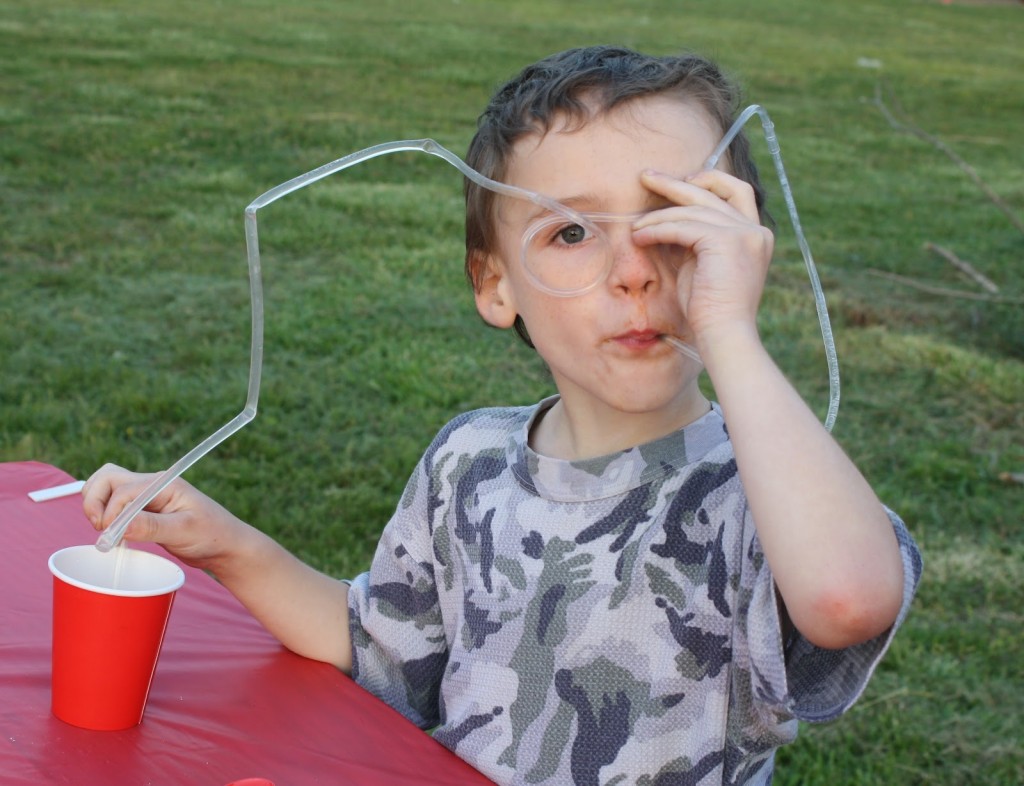Treatment for Apraxia
For a parent of a kid with childhood apraxia of speech (CAS), it can be difficult to see the forest for the trees. There are countless occupational therapy and speech therapy sessions to rush off to for treatment for apraxia. There are IFSPs and IEPs to deal with, and a whole host of other acronyms to learn. And when your child has trouble pronouncing two-syllable words, it can be difficult to imagine him as an adult. Will he go to college? Will he have a career? These are overwhelming questions. Although speech therapy progress may seem slow at times, children with apraxia who receive intensive speech therapy at an early age often grow up to do remarkably well. Your child may even grow up to become a keynote speaker at childhood apraxia of speech conferences. In the meantime, work closely with your little one’s speech-language pathologist (SLP) and other professionals to develop the right treatment for apraxia to suit his needs.
Intensive Speech Therapy
Experts agree that for treatment for apraxia, speech therapy treatment early and often is critical for the best outcomes. Apraxia-KIDS recommends scheduling individual therapy sessions, rather than group sessions. Three to five speech therapy sessions per week is ideal. The degree of intensity is also important. This typically refers to the number of repetitions of target sounds that the child achieves per session; ideally, the number should be in the dozens, according to Apraxia-KIDS. It is also essential for parents to work with their children at home to reinforce the lessons.
Children who are more or less nonverbal may benefit from increasing simple vocalizations. For example, the SLP may encourage vocalizations such as “whee,” “uh-oh,” and “oops,” as well as fun noises and sound effects like vehicle sounds and animal noises. Gradually, the SLP will introduce new sounds and new structures of sounds, although not both at the same time. For example, if the child already has the “p” sound, he might be encouraged to start saying “pop.” When he has mastered “pop,” he might move on to “pour,” and so on. As the child increases his oral motor coordination, he can begin to combine more consonants and vowels to form more words.
Augmentative and Alternative Communication Devices
Treatment for apraxia often includes training the child in the use of augmentative and alternative communication (AAC) devices. These devices are any means of nonverbal communication, from sign language to electronic readers. Parents should also work with the SLP to learn how to use the child’s AAC device. This increases communication in the home and can help to decrease the child’s frustration.
Multi-Sensory Feedback
Multi-sensory feedback has been shown to be particularly helpful for children with apraxia. Essentially, it refers to engaging multiple senses to teach a target sound. For example, you could practice your child’s speech therapy lesson at home with him by having him stand in front of a mirror (visual), listen to you pronounce the sound multiple times (auditory), and touch your mouth to feel how it moves as you pronounce the sound (tactile).
Another way to provide tactile feedback for target sounds is the use of Speech Buddies. Select the appropriate Speech Buddy for the sound you are working on with your child and place it in his mouth as directed. Say the target sound and encourage him to mimic you.
Oral Motor Exercises
Ask your child’s SLP to demonstrate helpful oral motor exercises to do at home with your child. For treatment for apraxia, oral motor exercises should be targeted toward acquiring sounds, not solely for strengthening the muscles. Treatment for apraxia is geared more toward improving speech coordination and normalizing oral tactile sensitivity rather than improving muscle strength. For example, the SLP might instruct you to begin introducing straw drinking, starting out with thin liquids and progressing to thicker substances like smoothies and yogurt. This teaches tongue grading (controlled movement of the tongue), oral muscle awareness, and it also helps to improve the clarity of speech.




